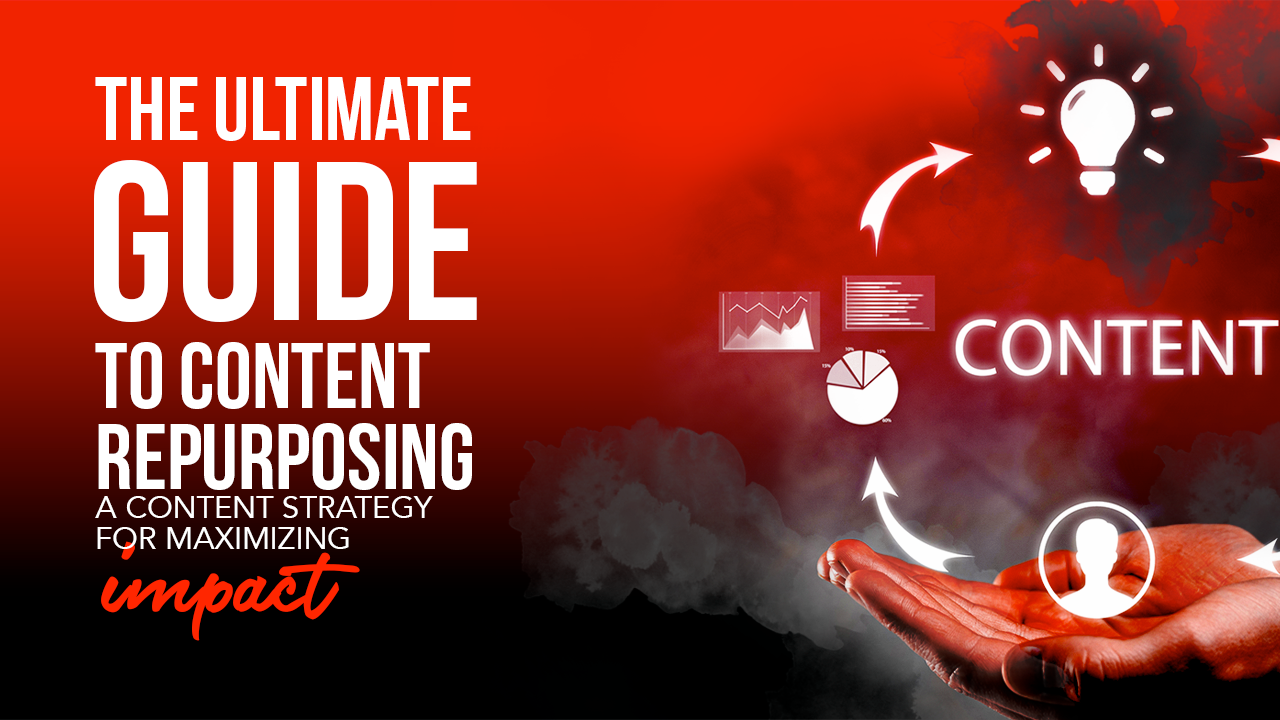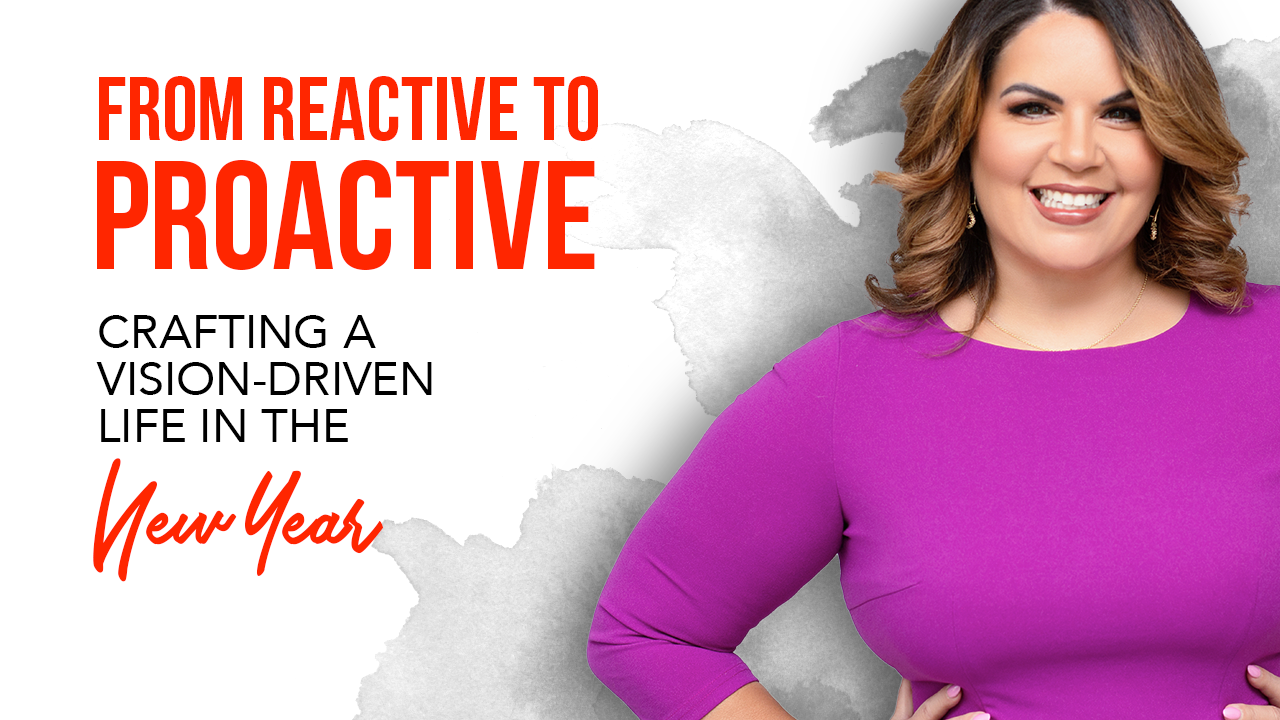Do you care about how you make people feel when they connect with you on social media? I do!
You want to make sure that you use social media for what is good: making new connections and keeping up with the old. But you also want to make sure that you are reaching your business goals and social media is also great for prospecting.
Your prospecting goals can turn social media into a very complex world. That’s why we are here today! Let’s solve this puzzle today!
Part I: Overview of Content Marketing Strategy
Part III: The mechanics: what to share, when, and where
Part IV: Free Webinar: How to manage your social media in 2 hours a month
Why Do You Need A Content Marketing Strategy
I’m assuming you know what content marketing is. But just in case you want my version of content marketing, ultra-simple, here it is:
Your brand’s voice needs content marketing to live like a car needs wheels to move.
Content marketing is not just typing keywords. If it was about that, anyone can succeed in the digital economy. You know very well that’s not the case. Our lives are so cluttered that we can’t keep up with all the data we get every second.
Just to put you in perspective, there are 2.5 quintillion bytes of data created each day at our current pace, but that pace is only accelerating with the growth of the Internet of Things (IoT). That’s why you feel like it’s impossible to keep up with all notifications.
✔️ Text
✔️ Facebook notifications
✔️ Facebook business notifications
✔️ Facebook stories
✔️ Messenger
✔️ Instagram feeds
✔️ Instagram messenger
✔️ Instagram stories
✔️ Youtube
✔️ Google my business
✔️ Other apps
✔️ Your mom
✔️ And real life!
How can people remember your name and your story, on top of everything else they are doing?
It’s all about your brand.
Your communication is a function of your personal brand. And your content marketing strategy is a factor of your brand strategy.
Even if you didn’t have a business, your persona is a brand. You just don’t call yourself a brand, but you are!
Creating a personal brand is crucial to cultivating a successful career. Marketing yourself and your career or business as a brand is more than just about creative business cards or pretty fonts– it’s about how you present yourself to potential clients, customers, and anyone else imperative to your career.
Your brand is an indication of what you have to offer, and can make or break your success. It’s also indicative of confidence, credibility, and an ability to prioritize. That’s why every piece of content you create should be thoughtful.
I think you understand, the idea and purpose of content marketing. The main struggle my clients share with me is about keeping a balance between their business accounts and personal accounts. Where is the work life balance when it comes to content marketing and social media marketing?
I’m not your guru. I happen to be a recovered attorney and online marketing nerd who has been on social media as a personal brand before it was even a thing, back in 2009. The strategy I will tell you is the one I follow. Let’s dive in so I can tell you the good, the bad, and the ugly of balancing your business account with your personal account.
The Anatomy of A Perfect Content Marketing Calendar (The Branding Burger)
You want to find a balance between your personal life and your curated life. In order to do that, you need to consider multiple ingredients. Just like the burger!
As a personal brand, your work life balance, in regards to your social media accounts, is a function of the following factors:

Brand Voice
Brand voice is the uniformity in the selection of words, the attitude and values of the brand while addressing the target audience or others.
The objective of a brand voice is to result in the formation of a uniform personality, positioning, and an image. It is essential to set up and communicate branding strategies in a consistent way to obtain such results. Hence, it is important that the brand voice has a uniform vocabulary, values, and other characteristics.
Think about Disney.
Disney has an edge over any of its competitors because of one important quality – consistency. People can imagine a whole new world when they talk about Disney. Be it Disneyland, Disney’s social media network page, or any of the Disney product, Disney has its own vocabulary, values, and tone.
Your voice is the core of your brand strategy.
Your Real Life
Whether you’ve got 10, 100, 1000 or a million followers on social media, posting pictures and videos they’ll actually enjoy viewing is a great way to encourage engagement and keep your followers coming back for more.
Wishpond’s data says that overall, photo posts get 120% more engagement than the average post, and photo albums actually get 180% more engagement.
People love seeing your real life, to connect with the real human, especially your values.
Your real life is the top of the branding burger!
What’s On Your Mind?
In real life, what’s on your mind? I will tell you mine so you can have a framework:
60% of the time my mind is focused on key activities related to my business goals.
40% of the time I’m focusing on my personal goals.
On a typical workday, I dedicate almost the entire morning to my morning ritual and fitness activities. I get behind my computer, typically around 11 am. I block my time from 11 am until 3 pm so that when kids come from school, I am available. My mind goes into “mom duty” until kids go to bed around 9 pm. Then I spend time with my husband and sometimes I get to mix some of my creative work. That’s my 60/40 and feels like a healthy work life balance to me, considering the season I’m in.
If you follow me closely on my social media accounts, especially Facebook and Instagram, you will notice this by the stories I share. I try to show my friends how does real life look like. Why? Because they have told me they enjoy them!
A pro tip: make your content about them. If you’re sharing what’s going in your personal life, ask your audience for their opinion!
According to an infographic by Kissmetrics, questions get 100% more comments than standard text-based posts.
Your Authority
Brand authority refers to the trust a brand has earned among customers, and the degree to which they see your brand as a subject-matter expert. This is where you draw a line.
You want to share personal things, but not private. That’s the kind of content that will turn off your credibility and trust in front of your friends and professional connections. And of course, in front of your prospects too!
Do we really need to see you with a few extra drinks? How will that be compatible with your brand identity? What do you want people to think about you?
A pro tip: if it needs an explanation, delete it or don’t post it. Just because you have a “personal” account doesn’t mean that you expose your dirty laundry.
Your Creativity
Creativity and storytelling are like Oreos and milk – separate, they’re nice, but together they’re magic. When it comes to telling our own story, so much of what we accept as reality is just the habitual stories we tell ourselves. To articulate a new vision, you need a new story.
Coining that new story depends on your ability to tap into those creative juices and dig in to who you are. Really, the story has been there all along – you’ve just been too entrenched in it to see it! Learning how to reframe and tell your story in a creative, engaging way is crucial to creating a deeper connection with your audience. If something in your story hasn’t quite clicked yet, this could be the piece you’ve been missing.
See, for example, Alex Murphy. He’s a professional content creator who is currently building his personal brand, after running a successful video production company in Austin. Producing videos for brands like Jesse Elder got him to be inspired and use his own strategies to build a personal brand. It’s great seeing his storytelling and creative skills on social media!
I’m sure you have a friend who has a great social media account that keeps you coming back for more!
Your Curated Life
Within the first seven seconds of meeting, people will have a solid impression of who you are — and some research suggests a tenth of a second is all it takes to start determining traits like trustworthiness.
The beauty of social media is that you can always curate your life, to add value to your audience so they come back for more.
Think about your social media content as if you’re the editor of a magazine. Make it easy for them to follow your life, learn about your business and what you have to offer, in such a beautiful way that they feel inspired to share with their connections.
Your User Experience
UX is what dictates your game plan. Think about what your audience wants to see from you. What kind of content makes them come for more. And do JUST that!
Consistency and empathy are crucial to create a great content marketing calendar. You will make people easy to follow you, adapt to your style, and consume your content. This is how they will be able to learn about your products or services without you having to feel like you’re selling them.
A pro tip: Combine social media with your blog posts / web content, but make sure your web content is optimized for UX.
Back in 2006, Jakob Nielsen published an article about the “F-Shaped Pattern For Reading Web Content”. In an eye tracking study 232 users were recorded navigating thousands of web pages, Nielsen’s team found that the users scanned the web content in the so called F-shaped pattern.
According to the article: “Users first read in a horizontal movement, then move down the page a bit, then read across and finally scan the content’s left side in a vertical movement. This creates an F – shaped reading pattern (which can sometimes look like an E).
A study by Mashable done back in 2011 showed this F-reading pattern also on old Facebook’s pages.
*Image source: Mashable*
You might be thinking that this is old news and that it does not apply anymore, especially for new mobile devices. Well, at the German Research Centre for Artificial Intelligence (GRCAI) researchers found a similar “F” pattern for reading on smartphones.
GRCAI researchers pointed out other important findings regarding reading patterns on mobile devices:
- ✔️60% read a block of text at a time before scrolling to see more
- ✔️20% read one page, more or less, completely and then scrolled so that all of the screen’s content was replaced with new text
- ✔️20% read line-by-line — they focused on a single or very few lines on the screen while scrolling almost constantly to keep new information flowing
*Image from a poster of the study*
Even though social media timeline formats have been changing (most of major social platforms’ shape and navigation are more and more similar, especially for mobile devices), this F-pattern still applies for areas with less visual and complex design such as notifications, private/inbox messages list, etc. In other words it’s still important to pay attention to the avatar, username and the introductory text.
What To Share, When, And Where?
Now that you know the strategy behind your content marketing calendar, it’s time to simplify your content creation process.
What To Share? Follow The 60/40 Rule
You want to at least post daily in the social media channel where you are 100% focused to connect with your prospects.
Instead of just sharing what’s on your mind or an industry tip, I want you to think about the entire burger! Create your editorial calendar ahead of time, so you can balance it out.
Create Campaigns For Consistency
For example:
Motivational Monday, Transformation Tuesday, Tip Thursday, and Fun Friday. These campaigns will help you to build a content calendar faster. You don’t have to use the names all the time. This can be just for internal purposes.
You don’t always have to use a sales type of content in order to remind your audience about your product or service. A story is more powerful than any other promotional content you can create.
Where To Share? Craft A Facebook Strategy.
Facebook Groups
Facebook Groups have been a trend after the business pages’ organic traffic died. Find professional groups and hang out with other professionals. Your end goal is to build an ecosystem. A system where people share referrals and introductions.
Read more about Facebook Group Marketing here.
Facebook Stories
Rumors say that news feeds on Facebook might be removed. We don’t know if this is real, but we know that Facebook Stories are a great placement. Start using them more! Especially for your creative posts! They disappear in 24 hours so take advantage!
Facebook videos
Marketing studies have confirmed that videos get 20 percent more clicks than images. As we are crafting a new Facebook marketing strategy, we need to take video marketing seriously.
Take Imperfect Action And Just Do It
I think you’re very lucky to have blueprints and roadmaps! When I started using social media, there wasn’t anything like this. We needed to learn how to build a brand, by just doing it and making mistakes.
I wrote a book, The 6 Golden Rules of Social Media that talks about how social media is like the Golden Rule. You treat people the way you want to be treated and you will be good.
So, when you’re creating your content marketing calendar, always put yourself in your audience’s shoes. If you were you, following your account, what would you do differently?
Next Steps? Watch My Webinar On-Demand!
Master your social media marketing in just 2 hours a month! Click here.











